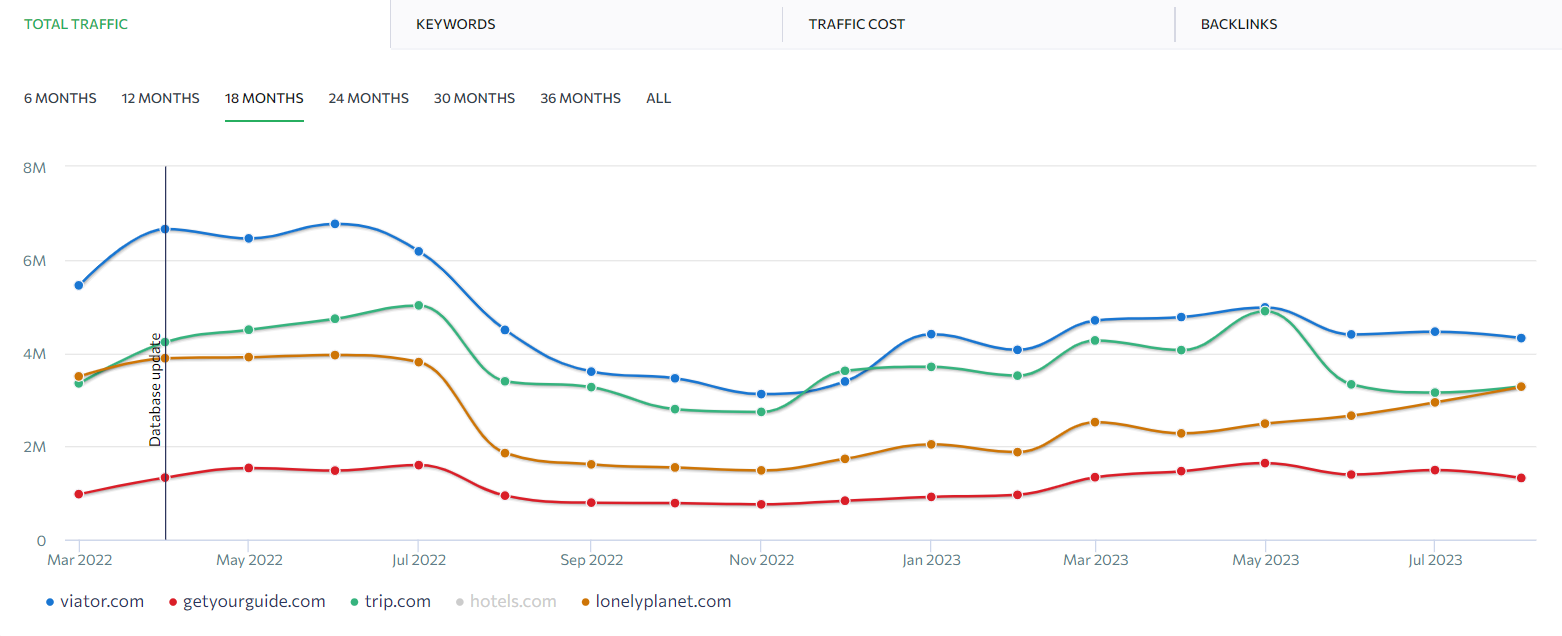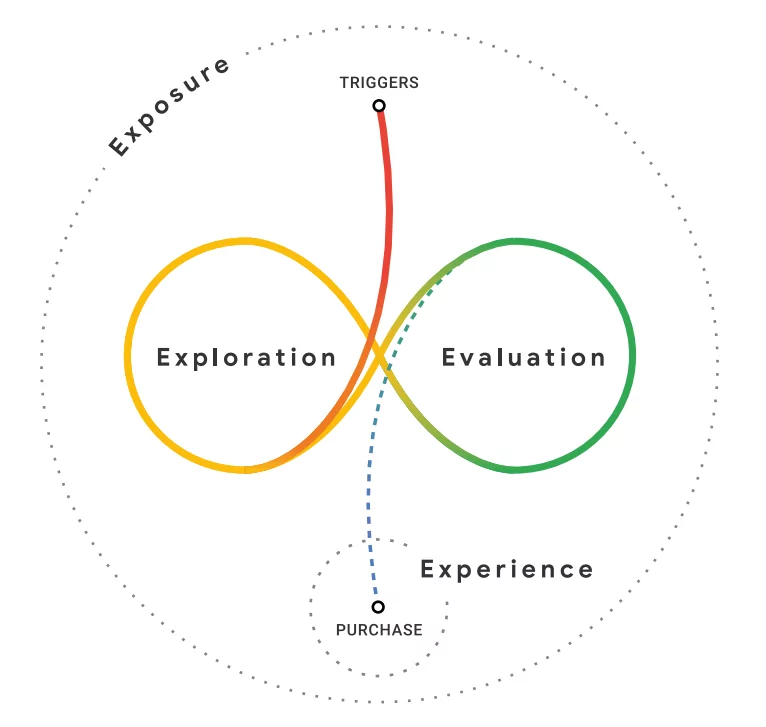Join Adam Di Frisco as he explores the digital landscape of the travel industry, and how recent changes to Google’s algorithm have opened the door for smaller agencies to outrank giant online travel agencies like Viator, GetYourGuide, and TripAdvisor.
It may be time to revisit your SEO and content strategies to ensure you are addressing the needs of searchers at every point of their decision-making process.
Adam Di Frisco is a Senior Digital Marketing Strategist at Atigro with boots-on-the-ground tour guiding and marketing experience with travel agencies like WildChina (Beijing) and MaxTour (Las Vegas). He is passionate about developing web strategies to guide businesses to surpass even the biggest competitors in search results.
Cookies & Breadcrumbs | Episode 3: SEO and Content Strategy for the Travel Industry
Transcript of Cookies and Breadcrumbs Episode 3: SEO and Content Strategy for the Travel Industry
4 minutes
What’s up, everybody? This is Adam from Atigro, and today I wanted to talk about one of my favorite industries, the travel industry. If you’ve ever done digital marketing for, or owned a website that’s in this industry, you know that the Google search results are littered with giant travel agencies like Tripadvisor, GetYourGuide or Viator. For years, they’ve been bullying smaller travel agencies in the search results, but that’s changing.

If we look at this chart here of total traffic in the last 18 months of some of these big online travel agencies like Viator, Trip.com, and Lonely Planet, we can see that something happened here between July and September where their traffic started to decline and their keywords that they were ranking for started to decline.
Now, what was this? The Google Helpful Content.
Google’s Helpful Content Update
The Google Helpful Content Update that was released in August 2022 was aimed at rewarding sites that had content that satisfied their visitors, and ultimately to reward sites that were creating content for actual users and not just to rank in search engines.
How can we alter our content and SEO strategy to take advantage of this and to take some of the “share of market” that previously was held by these big online travel agencies?
The Role of Exploration and Evaluation on the Searcher Journey
This image that is referenced by some of the top SEOs in the world is from a white paper that Google released a while ago that explains a purchasing journey.

Say we’re booking a trip to Chicago. Once we know our destination, we’re going to go into this loop of exploration and evaluation. Exploration, trying to see what tours are out there. Segway tours, river cruise tours, foodie tours, and then evaluation, which is evaluating the different providers that can provide this service.
How can we extrapolate this to our SEO and content strategy to make sure our website satisfies all points of this diagram? A great example of this is secretfoodtours.com. This is a relatively large travel agency that’s international and has food tour options throughout the world. We can see here, this is their main blog section, and we can see how their blog is broken up city by city. On this main page, though, we can get a sense of how often they’re publishing this type of content: July 28th, July 30th, July 31st, August 1st. They’re constantly putting out valuable content for people in the exploration part of their journey.
Now, say we’ve read enough about our destination. Say we’re going to Chicago and we’ve read enough about Italian beef sandwiches and deep dish pizza and we’re ready to go ahead and book a tour. Obviously, Secret Food Tours has that option where now you can look at the tour detail page. This is a great example of a very well set up tour detail page. They have high-level information here, booking options, and calendar over here. Then this page is chock full of very valuable information both for users and for search engines to understand the tour a little bit better. We can see the words “Italian beef sandwich,” “Chicago Loop district,” and it goes beyond just a generic “we do a good job” type of page. That mixed with rich media like videos and photo galleries, overall provides a really good way for users to evaluate the quality of this tour.
Effort and Strategy
Now obviously, creating all of this content and all of these pages for all of your tours and possible cities around the world is a lot of effort and a lot of strategy. But that’s what it takes to beat Tripadvisor, GetYourGuide, and some of these other big online travel agencies in SEO.

